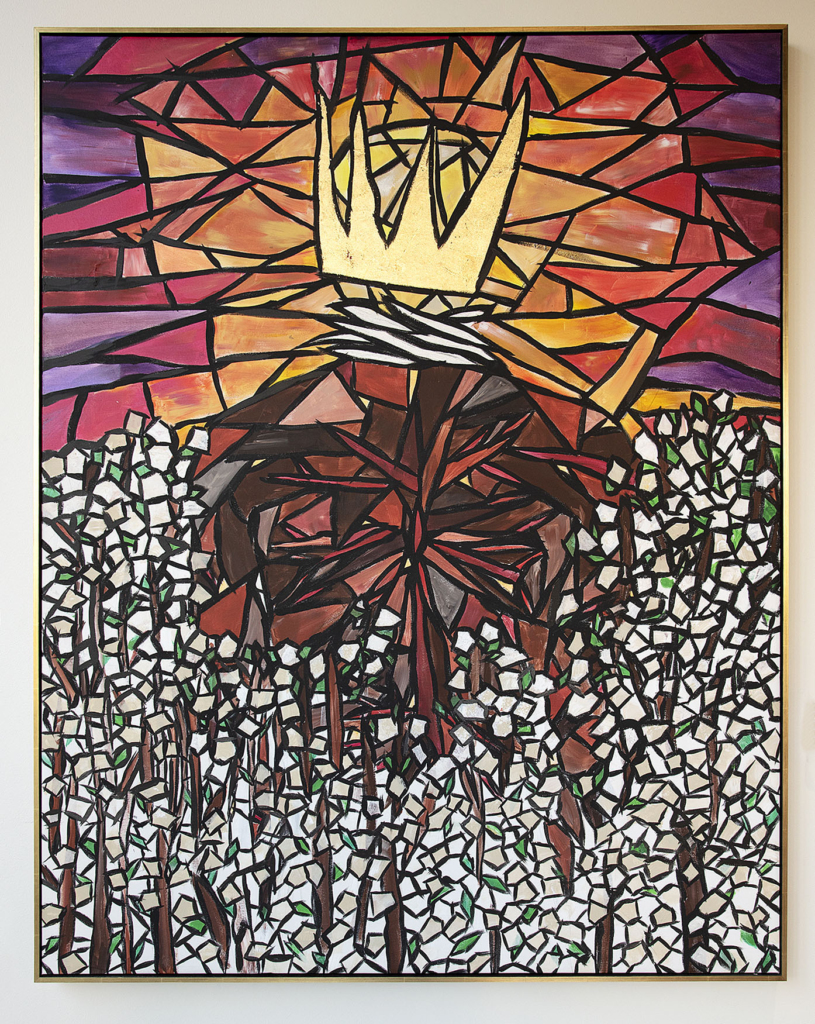For Las Positas College, the fruit of war is art. Rather, the fruits of a missile defense system’s failings — Project Nike — are the pieces you see around campus.
“Not the swoosh,” reminded Amy Mattern, Dean of Arts & Humanities.
This Nike, similar to the shoe brand only in their shared evocation of the Greek goddess of victory, was a product of Cold War paranoia. Initiated in 1944, the project had spawned three generations of missiles and approximately 265 bases by the late 1960s.
Project Nike was decommissioned in 1974, in part the result of the Anti-Ballistic Treaty reached two years prior by the U.S. and Soviet Union. The Soviet’s creation of the intercontinental ballistic missile, or ICBM, rendered the nationwide missile defense system impractical. Now-retired missle defense sites were offered to state or local governments, private buyers and school districts. The Las Positas and Chabot Community College District was among the districts to receive compensation for the sale of Nike Missile Site SF-31C near Lake Chabot. For reasons decided by the Board, the property sale pays for the art on both campuses.
Thus, the following event, a decadent appreciation of art on campus, was brought to LPC by long-defunct engines of war.
Mattern told The Express that the school’s “never had a celebration for a collection, or invited all of our artists like this. A lot of them haven’t been back since they dropped off their paintings.”
On Thursday, March 14, Las Positas hosted its first Art on Campus Appreciation Event. Whether the occasion will reoccur is so far uncertain.
Put on by the Art on Campus Task Force, the event centered on the Fruits of Labor mural adoring the 1600 building and its creator: muralist, sculpturist, painter and illustrator Aaron De La Cruz. Other artists with pieces at Las Positas were celebrated as well.
In 2008 and 2009, Chabot and Las Positas colleges were separately allocated $500,000 following the sale of SF-31C. Following a board-approved Public Art Initiative, the money was “stipulated that it only to be used for [the acquisition of] art” and was not to be replenished, said Humanities Professor Elizabeth Wing Brooks. With the $500,000 having dwindled to around $48,000, the Art on Campus Appreciation Event was either the start of a tradition or a self-imposing funeral.
Tag-along scavengers are a common phenomenon at college campus events. In the instance of art appreciation, free food-exploiting students were provided essential cultural enrichment.
The affair opened with somebody’s smooth jazz playlist and what can only be described as food’s equivalent to the Italian-American Caprese sliders. When paired with Crostinis and lavender lemonade, the blatant Americanization could be overlooked.
It was a good turnout for a community college event hosted in a cafeteria with about 70 people in attendance. Scanning the room, one could see at frequent intervals Doc Martens, dramatic eye makeup, overalls and gold-rimmed glasses that may or may not have been faux. The presence of artists suffused. One of whom, student Simon Staal, is a fan of art on campus.
“It just inspires you to know that it’s appreciated.”
Staal continued, drawing an unlikely comparison to a video game.
“Your Sims get sad because their environment sucks…so you put in a little painting, and they’re like, ‘Oh, I’m happy now.’ That’s literally how people work.”
Aaron De La Cruz is likewise inspired by public art. For De La Cruz, works like Fruits of Labor allow people egalitarian access to it. When viewing art is unbarred by ticket price or visiting hours, “You feel like it’s real. It’s not just something in a book.”
Fruits of Labor overlies two massive cement walls. It’s an untangled, interconnected medley of vertical, horizontal, diagonal and swirling lines. De La Cruz was paid $95,000 for the piece. In all of his work, De La Cruz subtly includes the first letters of his children’s names. The discerning eye might find them along the face of Building 1600.
“I’m always considering kids or people that don’t really have the money to go to a museum,” De La Cruz said.
Derrick Bell, a painter and furniture maker whose Mindrise acrylic mosaic, one of a larger collection of paintings dealing with African diaspora, is featured on the second floor of the 1600 building, shared a similar sentiment.
“When I was in college, seeing art inspired me,” Bell said. “Every day, you’re studying, going through life trying to figure things out, and having that little spark of inspiration, it ignites you.”
An assemblage of humanities-oriented professors and faculty dubbed the Art on Campus Task Force, is responsible for the choice of art purchased and the pieces’ on-campus placement.

MINDRISE, THE ACRYLIC MOSAIC, by painter and furniture maker Derrick Bell, can be found on the second floor of the 1600 building. (Photo courtesy of Las Positas College)
On choosing what to buy, Mattern, also the task force chair, referred to extensive Committee-backed criteria. On choosing where to put the purchases, “It’s like, where does this [piece of art] want to live? Some of them, it’s like, this feels like this building, or, this feels like this space,” she said.
Mattern proceeded to explain the subsidy. “There was a property the district-owned many years ago, and they sold it and—”
English Professor Toby Bielawski pitched in a probing interjection. “Did it have to do with missile storage? I know there’s Nike Missiles—”
Mattern returned the interruption…“I don’t know what it was connected to. But they had a site, and the district decided to take the proceeds and give it to Chabot and Las Positas to get public art.”
The details of the World War II-era geopolitical tension that funded this soiree matter much less 80 years later. Another circuitous instance of LPC’s involvement with the United States military aside, art is in perpetual need of appreciation. The Art on Campus Task Force did that with the precision of a cruise missile.
“Make Art not War” was Thursday’s art appreciation event, typified in an idiom.
Top photo: Aaron De La Cruz, in front of his $95,000 Fruits of Labor mural adorning the 1600, was the signature piece of the $500,000 art infusion. (Photo courtesy of Las Positas College)
Olivia Fitts is the News Editor and Opinions Editor for The Express. Follow her on X, formerly Twitter @OLIVIAFITTS2.




